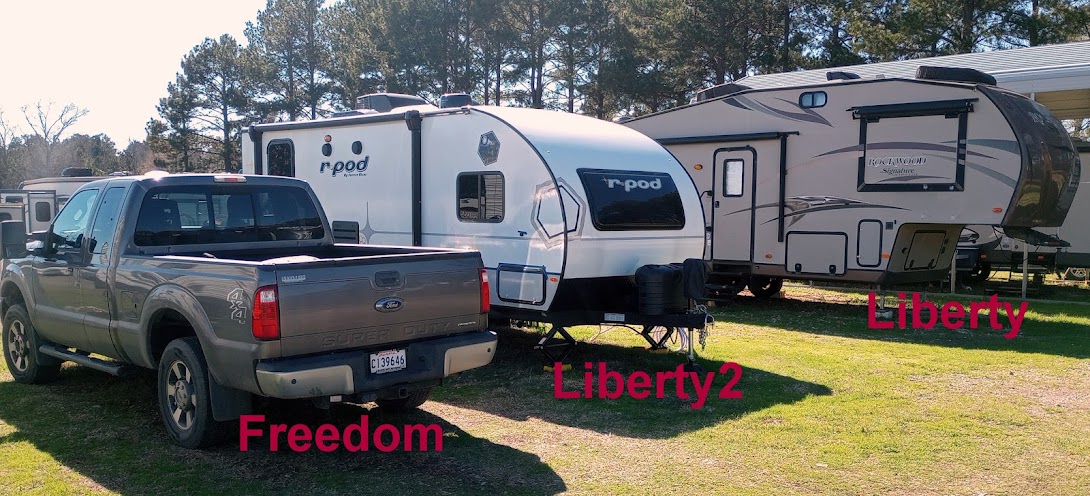(Click pictures to enlarge)
When you think of Tombstone, AZ, you think of Wyatt Earp and his friend, Doc Holliday. That is because books were written and movies were produced about Earp which made him appear larger than life. It is said that there is more fiction than fact in most of them. The books didn't become best sellers until after Earp died in 1929 at the age of 81. Doc Holliday had the more exciting life compared to Earp but it was much shorter since Holliday died of tuberculosis in 1887 at the age of 36. While Earp was tramping around the mid-west doing odd jobs and sometimes lawman work, Holliday was graduating from dental school in Philadelphia at age 21. Holliday gave up dental work and pursued a life in the west as a gambler and gunman. They met in west Texas in 1878 when Earp was tracking an outlaw around Fort Davis (yep, the same place I was at a couple of weeks ago). Holliday told Earp where the outlaw was hiding out and that sealed their friendship. Two years later, both are in Tombstone, which was a silver mine boomtown. They were there to "mine the miners", which was done by gamblers, saloon women, thiefs, shopkeepers, etc. This happened when the miners brought their ore or wages into town. It was 1881 when a feud between Earp and some other men in the tombstone area erupted in the "gunfight at the OK corral". The story of this fight, with its many different versions, is what made Earp and Holliday famous.
But the real American Dream story of Tombstone that very few people know about is that of the founder, Ed Schieffelin. Ed was born in 1847 in a small town in Pennsylvania. Thirty years later he is scouting for the U.S. Army in southern Arizona. But scouting is only a means by which he can travel the area in search of gold or silver. He tells his Army friends he is out looking for "stones" and they tell him the only stone you will find with be your "tombstone". Well, Ed did find silver, but was too broke to do anything about it so he left the Army and went in search of his brother who was also a miner. All the while, he is hoping no one else finds the same silver because he was not able to file a claim on it. He found his brother and with the help of another man, they file the claim and begin mining. It becomes the biggest silver strike in the southwest at the time. People from around the country flocked there to find their riches by either mining or mining the miners. To service all of the people, a town is formed. As a joke, Ed recalls what the soldiers told him, so he named the town Tombstone. If Eds story ended here, it would be enough to satisfy the american dream, but it isn't finished yet. Ed, now in his mid 30's, becomes a wealthy man and moves off to California with his new bride (maybe another miner of a miner?). He gets bored of the easy life and leaves California and heads to Oregon, on his own, to prospect for gold. I guess the wife didn't want to give up the city life. It is in Oregon where he dies, alone, in a cabin up in the mountains at age 50. On the worktable that he is slumped over upon his death is gold ore. The last statement in his journal was, "Struck it rich again, by God". There were no clues as to where he found the gold ore and although many people looked, the source was never found. Ed's last wish was to be buried in Tombstone, dressed in the clothes of an old prospector with his pick and canteen in the coffin with him. That's where his grave is today.
The story of three men, all in their early to mid 30's, whose lives converged in the town of Tombstone, Arizona in the early 1880's.
 |
| The streets of Tombstone |
 |
| The famous Bird Cage Theatre |
 |
| It is mostly a tourist trap sort of town now-a-days, but it is interesting to see the place and remember the history. Most of the stores are souvenir and eating places. |
 |
| Three of the actors portraying the Earps and Holliday. |
 |
| Tombstone was the county seat for a while and this was the courthouse. Today, it is a pretty good museum. |
 |
| Picture of the miners at work. They earned $3.00 a day. To follow the silver, the mines eventually went vertical. After not being about to control the influx of water in the mines, they were closed. |
 |
| For any man or woman that rides horses, they may find these old saddles interesting. |
 |
| I found some "thinking benches" with a western style. |
 |
| A good picture of the stagecoach |
 |
| The saloon where I had my lunch with a cup of coffee on the side :) |
Ya'll take care of each other. I'll Cya down the road.


I liked Tombstone, Boot hill was worth the time & the Birdcage Theater museum was worth the money. I'm usually a cheapskate but I paid to get into the Birdcage, I didn't pay to 'see' the O.K. Corral.
ReplyDeleteI hadn't heard Ed's story before, that was a good one!
2 thumbs up on this post! Thank you!
ReplyDeleteI enjoyed your recap about Ed Schieffelin better than what I read in town about him. Your photos are gorgeous!
ReplyDeleteThanks Malia, enjoy your travels, be safe
Delete